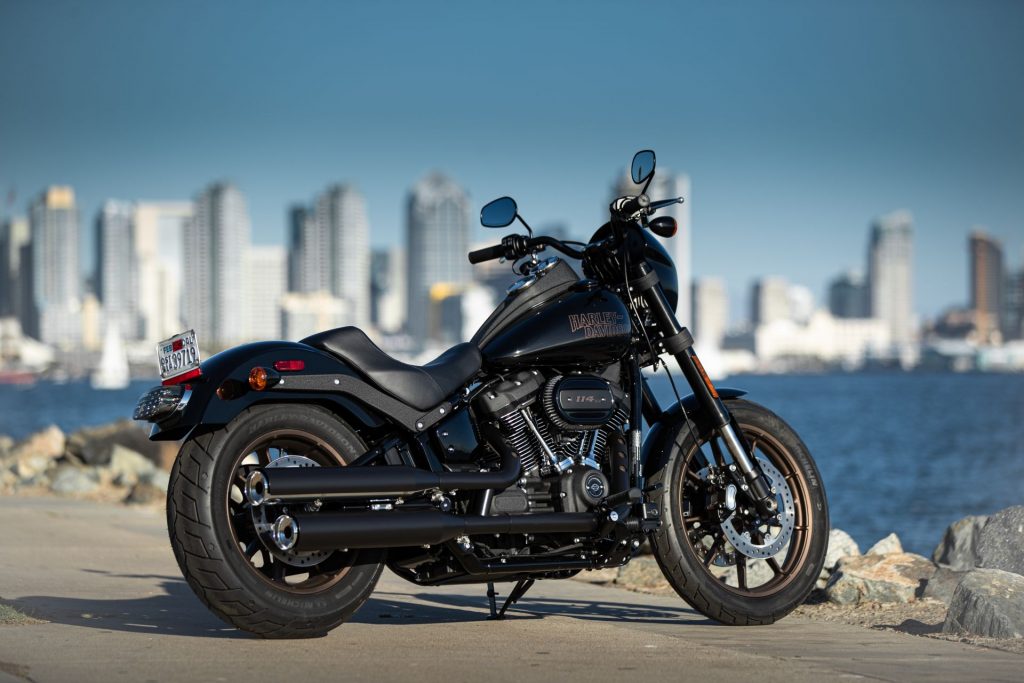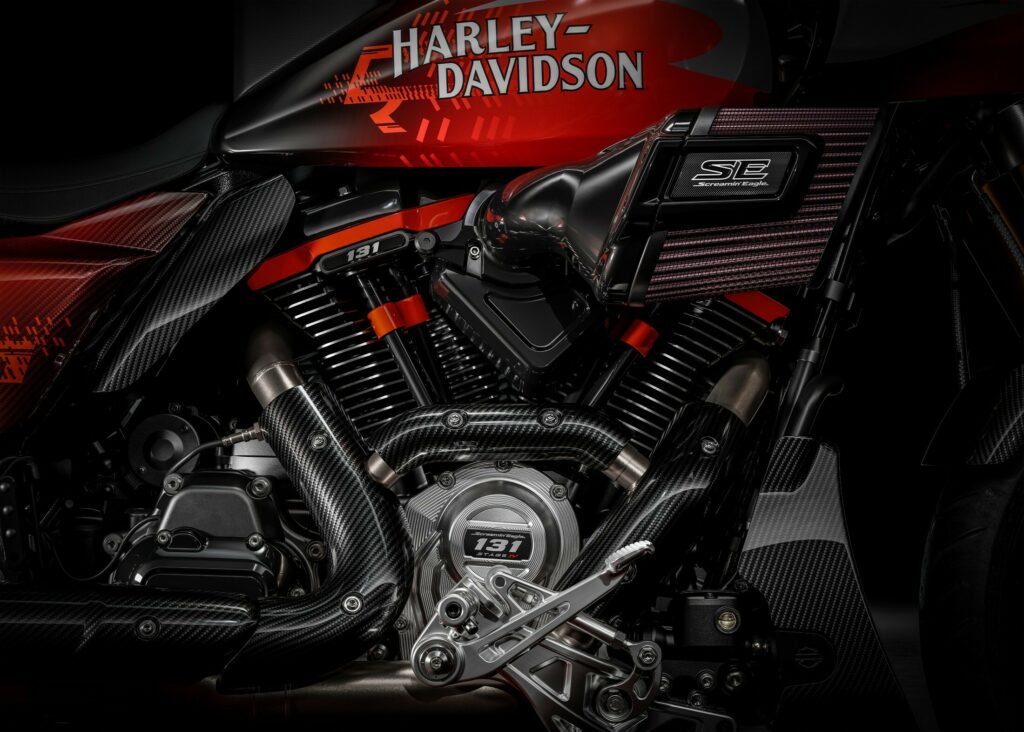Each year, India imports roughly 15,000 cars from overseas, with just 1,000 coming from the US
April 24, 2025 at 08:10

- India currently hits imported vehicles with tariffs as high as 110%.
- An exclusion could be drawn up for large-capacity motorcycles.
- Tariffs have allowed local brands to flourish across the Indian market.
Under intense pressure from U.S. President Donald Trump, India might finally ease some of its hefty tariffs on imported vehicles. These strict regulations have benefited local Indian brands immensely but driven many foreign automakers out of the world’s third-largest car market. The nation may start by slashing tariffs on high-capacity motorcycles, a move that would directly benefit brands like Harley-Davidson.
Read: EU Follows Trump’s Lead Pushing India To Drop Its Wild Car Tariffs
Currently, India imposes tariffs as high as 110% on imported vehicles and levies a 50% tariff on motorcycles with engines up to 1,600 cc. While that rate has been reduced to 40%, sources suggest the Indian government is considering eliminating the tariffs entirely for motorcycles with an engine capacity of 750cc or more. Such a move could be part of India’s efforts to strike a new trade deal with the U.S., especially after Trump imposed a 26% reciprocal tariff on Indian goods.
A Potential Win for Harley-Davidson and Others
As Bloomberg pointed out, the cut in tariffs on large-capacity motorcycles makes sense since these models make up only a small fraction of the 16 million vehicles sold in India annually. But perhaps more significant than any reduction in motorcycle tariffs is the possibility that India might also cut tariffs on imported auto parts to zero, though only if the U.S. agrees to do the same.
“Americans want further access to Indian markets,” US Vice President JD Vance said this week while visiting India. “This is a great place to do business and we want to give our people more access to this country and Indians.”

India has maintained high tariffs on imported vehicles for decades, which has given local players like Tata Motors and Mahindra & Mahindra a strong foothold. This protectionist policy has also pushed international automakers like Suzuki and Hyundai to set up local manufacturing operations.
However, growing pressure from the U.S. and Europe is forcing India to reconsider its stance. Both regions want greater access to the Indian market, and with local brands dominating, there’s a clear opportunity for foreign companies to expand.
Consumers could also benefit from reduced tariffs, particularly if international brands are encouraged to return, creating more competition and potentially lowering prices. Every year, India imports just 15,000 cars, with only 1,000 of them coming from the U.S. The high tariffs have even stopped Tesla from launching in the country, among other foreign brands, though Musk has been in talks with the government recently.
However, even if India does lower tariffs, Bloomberg notes it’s unlikely that US-built vehicles would sell in large volumes, as they would remain too expensive for most buyers. Existing European brands with a presence in the market, such as VW, Renault and Skoda, could benefit more from lower tariffs as they’re more experienced when it comes building affordable models in the country.


